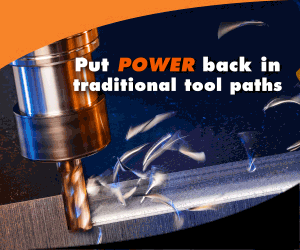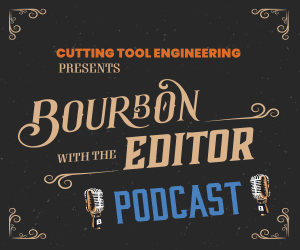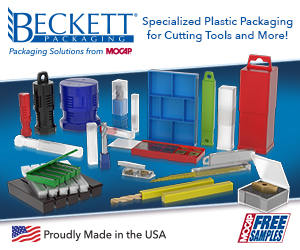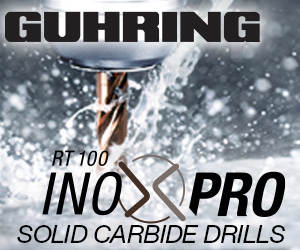
IMCO Carbide Tool has introduced the POW-R-FEED M934, a 4-flute end mill designed to enhance machining efficiency across a range of materials, including steel, titanium, plastics, brass, bronze, and aluminum. The M934 end mills feature an optimized flute and core design, aimed at improving chip evacuation and supporting high-efficiency machining (HEM) tool paths in 3- to 5-axis machines.
“This extension of the POW-R-FEED M9 series was developed to help manufacturers achieve higher productivity,” said Matt Osburn, Vice President, Technical Director at IMCO. “The M934 end mills offer improved chip flow, reduced downtime, and enhanced ramping and helical entry capabilities.”
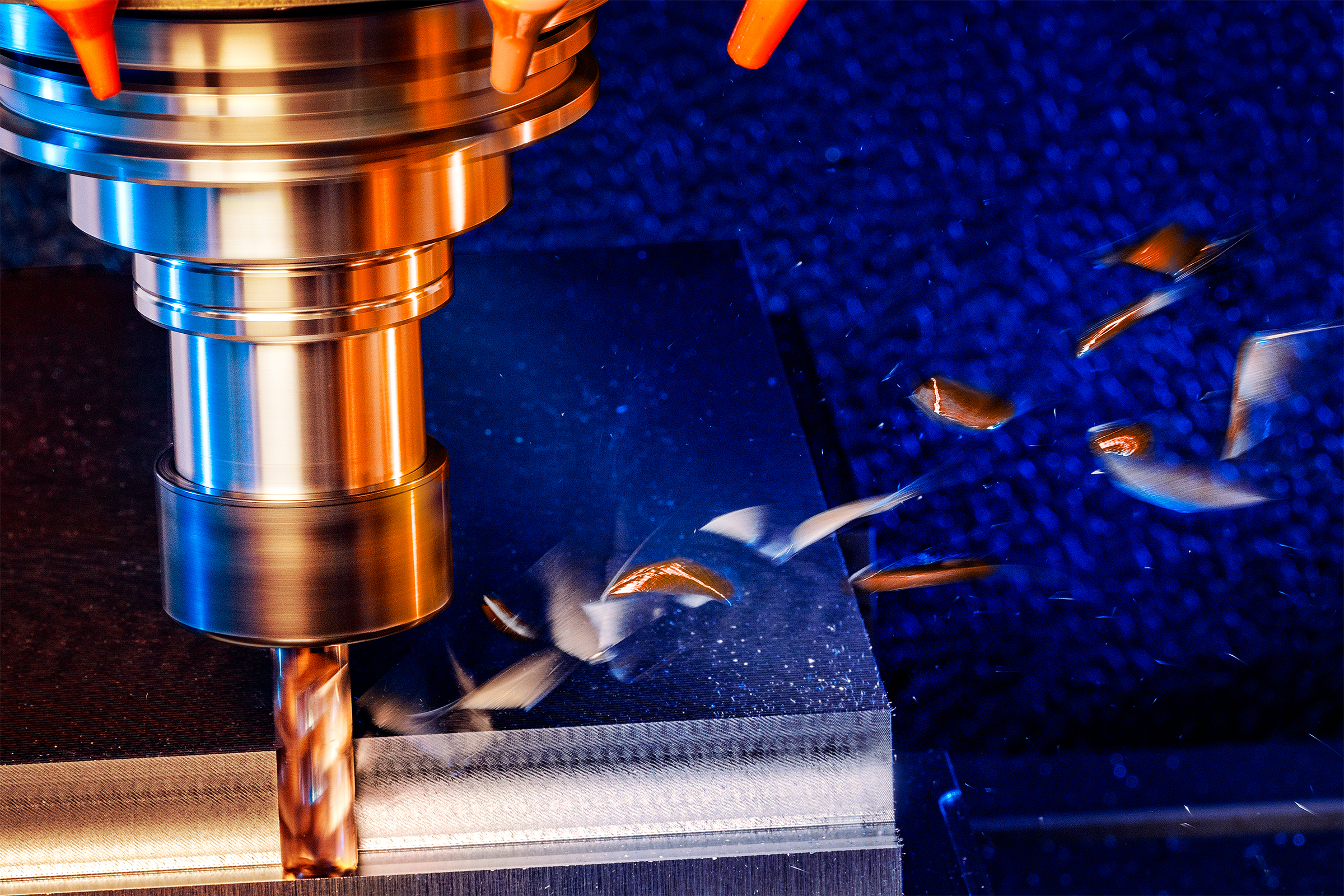
Performance and Design Features
The M934 end mills are engineered to support a variety of machining operations, including aggressive cuts and complex tool paths. Their flute geometry and AlTiSN coating are designed to facilitate smooth cutting action, maintain high speeds, and optimize metal removal rates.
“With 20-horsepower, 40-taper machines, the M934 end mill maximizes output,” said Steve Avers, IMCO’s Technical Support Manager. “The free-cutting design helps maintain cutting speed while ensuring efficient chip evacuation, which supports high-speed machining and increased part production.”
The M934 cutters incorporate a carbide core with fine cutting edges and a wiper flat end for improved surface finishes. Additionally, edge preparation is designed to extend tool life.
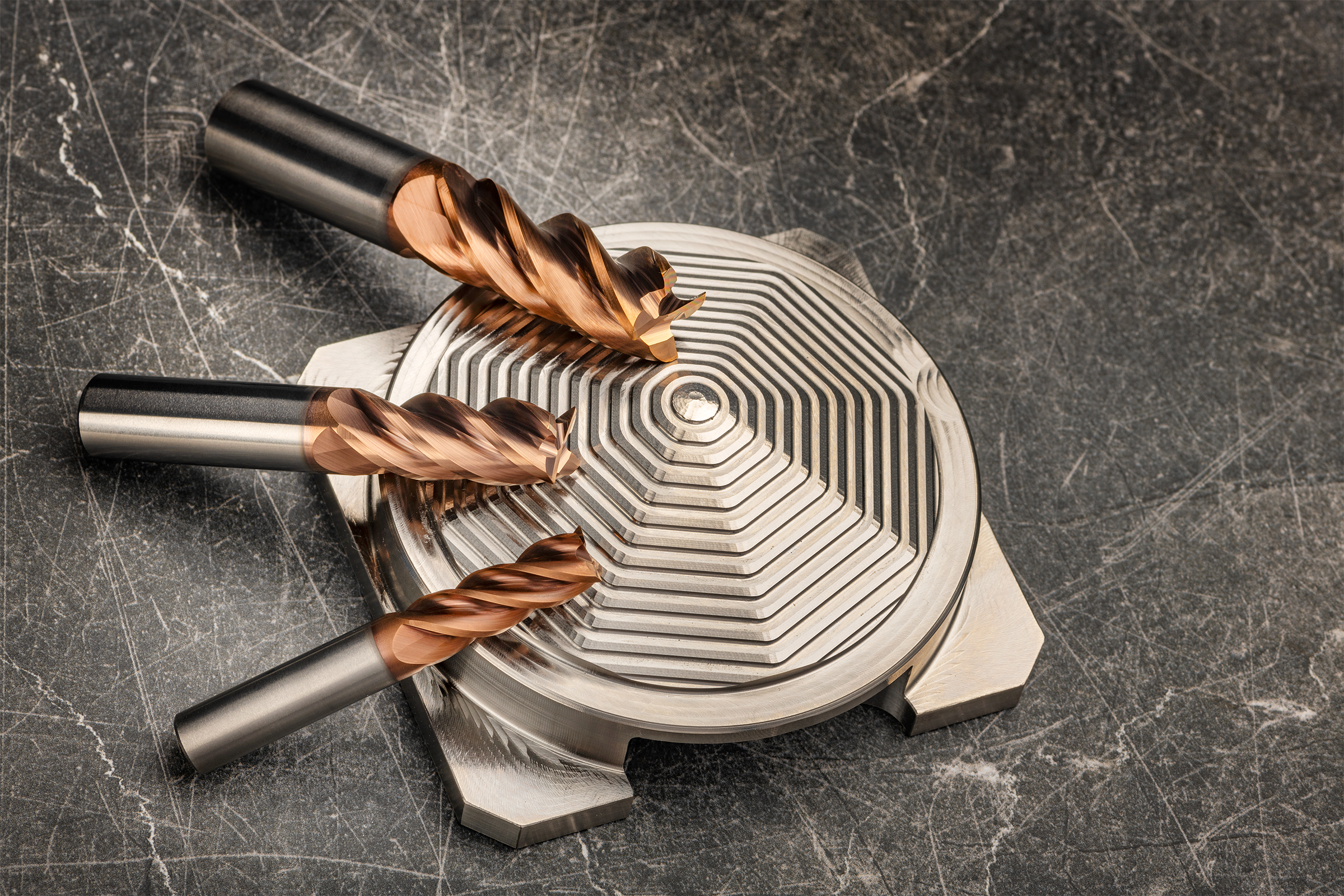
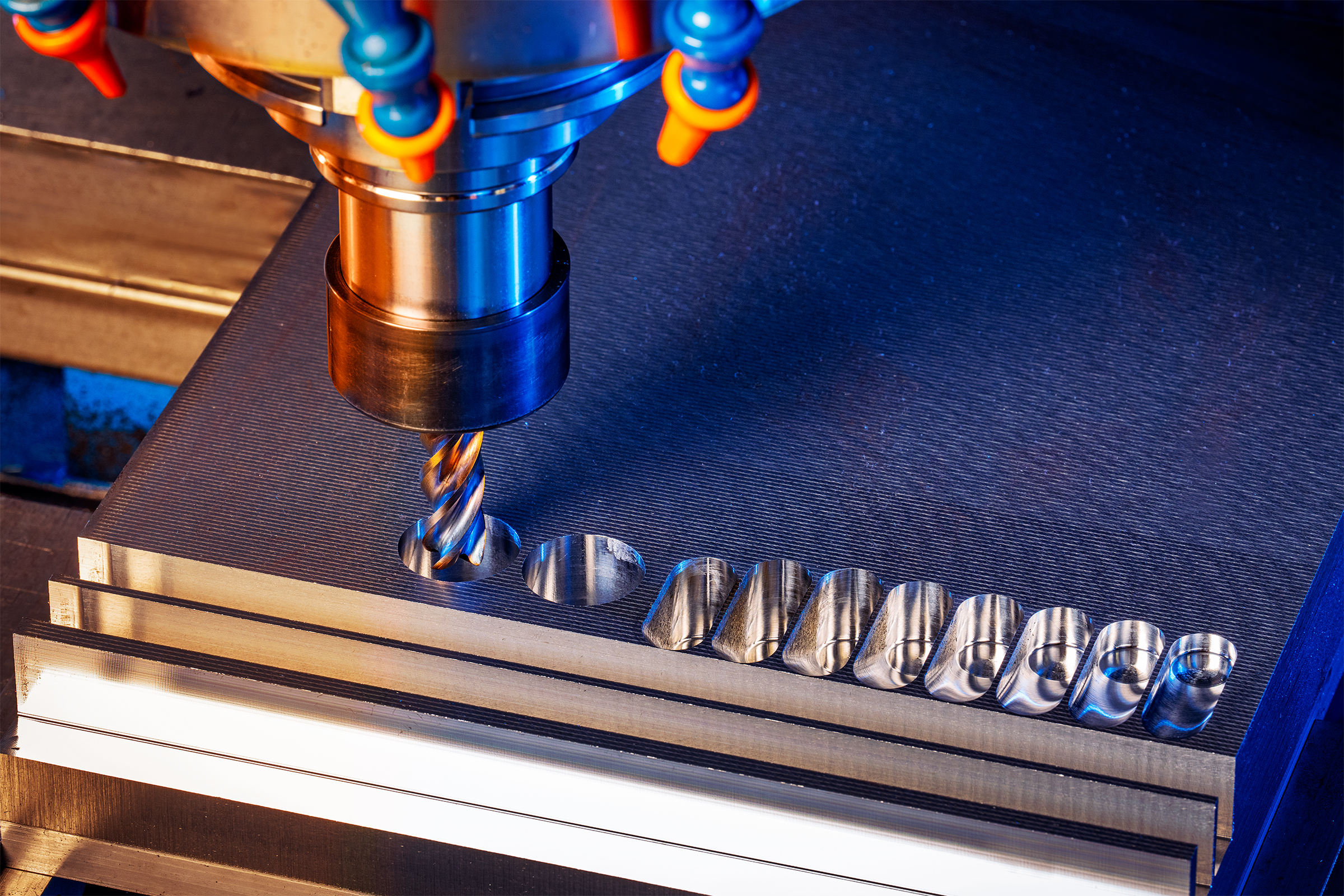
Availability and Pricing
The POW-R-FEED M934 end mills are part of IMCO’s POW-R-FEED M9 series and are positioned as a cost-effective alternative to other high-performance cutting tools.
For more information about the POW-R-FEED M934 end mills, contact IMCO at 1-800-765-4626 (USA) or 419-661-6313 (international), or visit www.imcousa.com.
Contact Details
Related Glossary Terms
- cutting speed
cutting speed
Tangential velocity on the surface of the tool or workpiece at the cutting interface. The formula for cutting speed (sfm) is tool diameter 5 0.26 5 spindle speed (rpm). The formula for feed per tooth (fpt) is table feed (ipm)/number of flutes/spindle speed (rpm). The formula for spindle speed (rpm) is cutting speed (sfm) 5 3.82/tool diameter. The formula for table feed (ipm) is feed per tooth (ftp) 5 number of tool flutes 5 spindle speed (rpm).
- edge preparation
edge preparation
Conditioning of the cutting edge, such as a honing or chamfering, to make it stronger and less susceptible to chipping. A chamfer is a bevel on the tool’s cutting edge; the angle is measured from the cutting face downward and generally varies from 25° to 45°. Honing is the process of rounding or blunting the cutting edge with abrasives, either manually or mechanically.
- flat ( screw flat)
flat ( screw flat)
Flat surface machined into the shank of a cutting tool for enhanced holding of the tool.
- milling machine ( mill)
milling machine ( mill)
Runs endmills and arbor-mounted milling cutters. Features include a head with a spindle that drives the cutters; a column, knee and table that provide motion in the three Cartesian axes; and a base that supports the components and houses the cutting-fluid pump and reservoir. The work is mounted on the table and fed into the rotating cutter or endmill to accomplish the milling steps; vertical milling machines also feed endmills into the work by means of a spindle-mounted quill. Models range from small manual machines to big bed-type and duplex mills. All take one of three basic forms: vertical, horizontal or convertible horizontal/vertical. Vertical machines may be knee-type (the table is mounted on a knee that can be elevated) or bed-type (the table is securely supported and only moves horizontally). In general, horizontal machines are bigger and more powerful, while vertical machines are lighter but more versatile and easier to set up and operate.
- wiper
wiper
Metal-removing edge on the face of a cutter that travels in a plane perpendicular to the axis. It is the edge that sweeps the machined surface. The flat should be as wide as the feed per revolution of the cutter. This allows any given insert to wipe the entire workpiece surface and impart a fine surface finish at a high feed rate.




